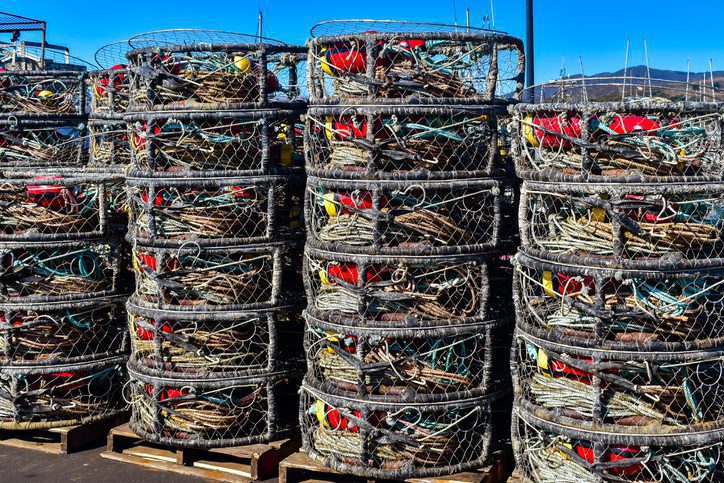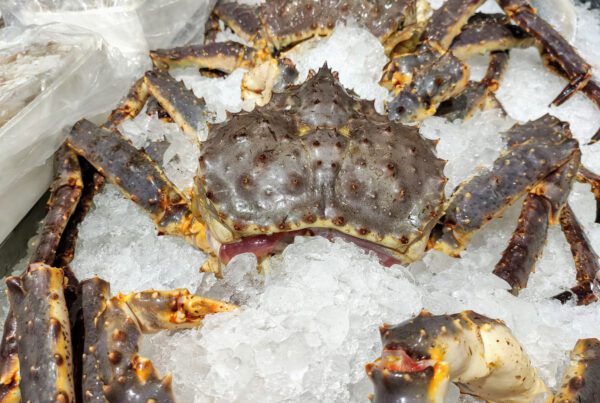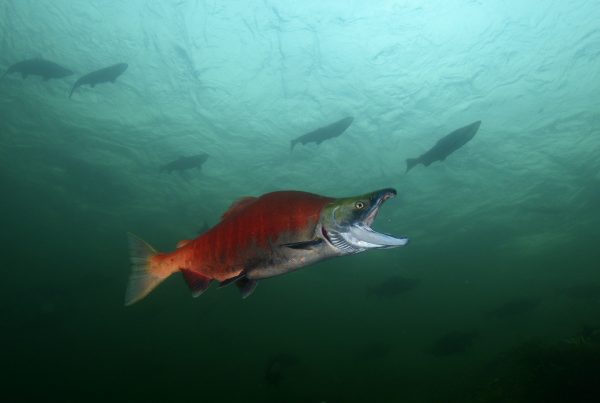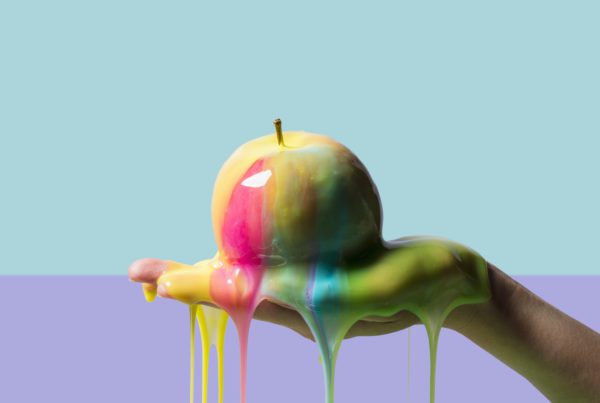2019 proved to be another challenging season for commercial California Dungeness crab fishermen. The season normally opens on November 15th and closes on June 30th, however, in the fall of 2018 the start of the season was first delayed into early December due to unacceptable levels of domoic acid from Sonoma County north, and then further delays until December 31st in Northern County waters due to poor meat quality testing (weights indicated that ”the crab weren’t ready yet”).
Adding to their woes, the season was brought to an abrupt end on April 15th as part of an agreement negotiated by the California Department of Fish and Wildlife and the nonprofit Centers for Biological Diversity, which sued the state agency in October 2017. The lawsuit was filed in response to escalating whale gear entanglements beginning in 2014. The state agency had been accused of running the fishery in such a way that they had effectively created what the plaintiff’s lead attorney once called a “minefield of crab traps” for marine creatures.

The California Dungeness crabbing fleet is authorized by the CA DFW to deploy 174,025 traps in coastal waters each season. Traps are hooked to lines and buoys that can wrap around a whale’s fluke, fin, tail or mouth, potentially impeding its movement or reproduction or forcing it to drag heavy gear for months, even years, if it doesn’t drown first. In 2016 officials identified 23 entanglements involving crab gear, including 19 humpback whales, two blue whales, one killer whale and one leatherback sea turtle.
As unprecedented changes in ocean conditions such as the “warm water blob”, increased ocean temperatures and changed the abundance and location of the whales’ prey (krill and small fish). The whales chased their prey into traditional fishing grounds that had amassed an unusually high concentration of crabbing gear caused by delays in the season from high domoic acid levels, increasing the risk of whales becoming entangled.
The commercial fishery closing 2½ months early as part of the legal settlement aimed at reducing the potential for whale and sea turtle entanglements in increasingly warmer coastal waters. Unfortunately, this is not a simple situation with easy answers.
Fortunately there are multidimensional actions that are being implemented to reduce the risk to marine wildlife while allowing hardworking fishermen to pursue their livelihood. From the development of whale-friendly gear, stricter limits on the number of crab trap buoys & length of fishing line used, to programs to retrieve derelict gear and remove all gear at the end of the season, there are solutions to be found and implemented.
The California Crab fishery is a sustainable model, with every female crab caught returned to the ocean and strict limits to allow the population to self-replenish. Changes in management to match the changes in environmental conditions will hopefully allow the healthy coexistence of marine mammals and crab fishermen into the future.
At CFI we understand the need for sustainable aquaculture and work hard to support the efforts of our partners in this endeavor. By cultivating strategic partnerships that understand the fragile state of our ecosystem, we’re committed to leaving the world better than it was.



